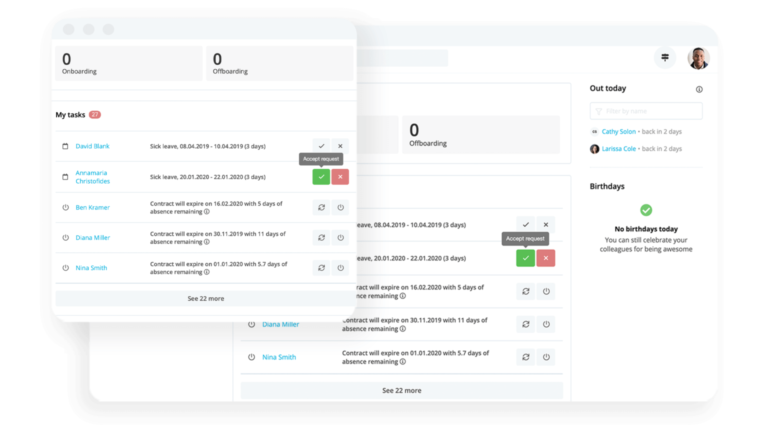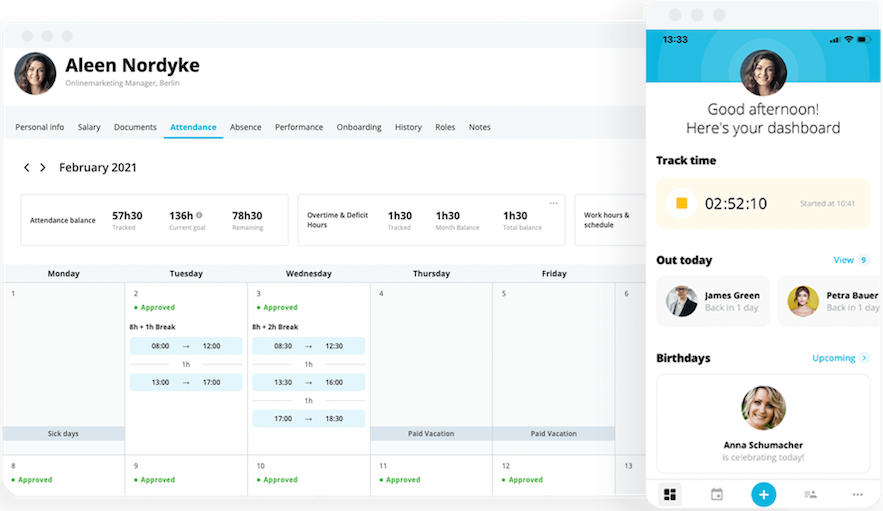How to successfully manage workforce transformation
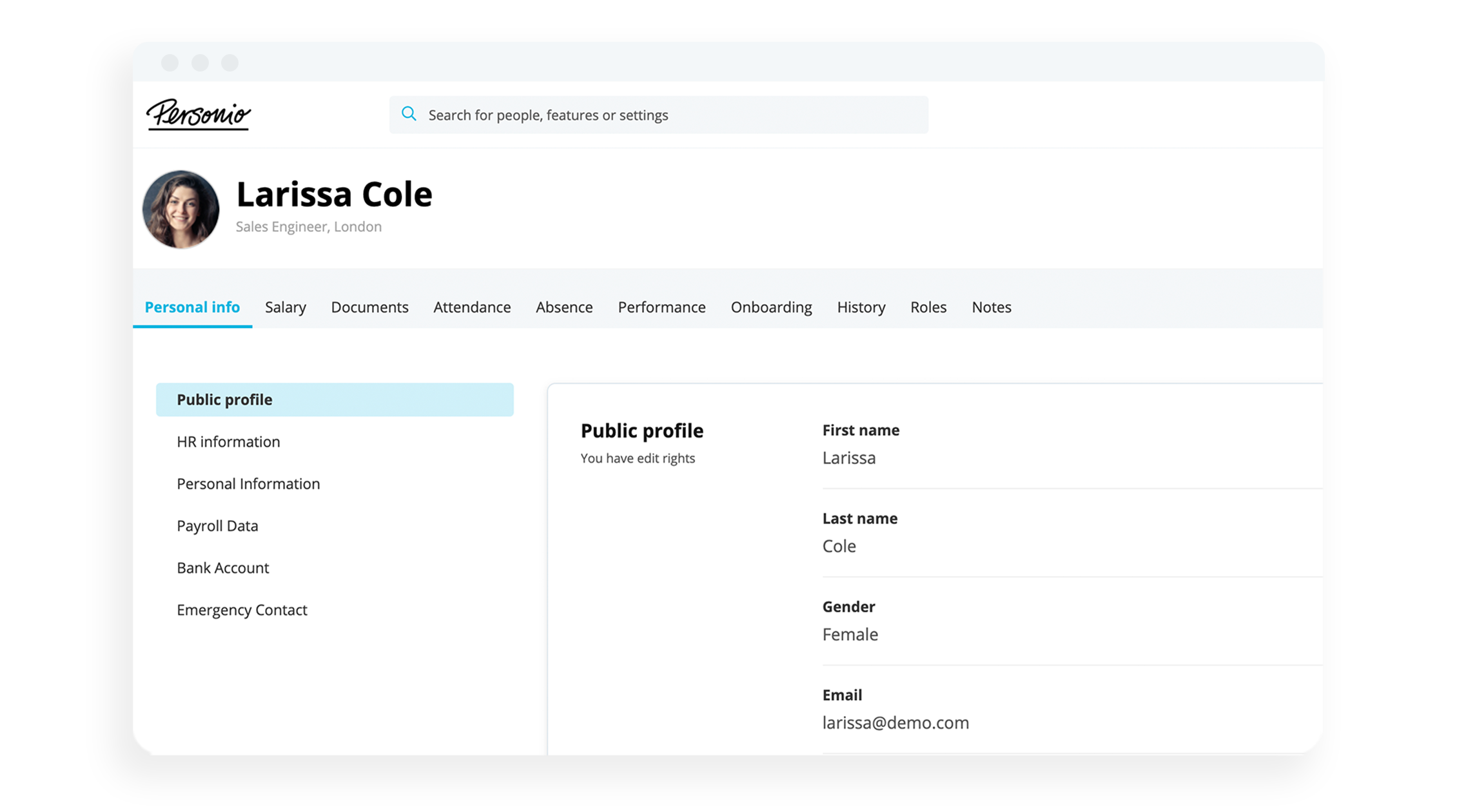
The business landscape is constantly changing — and companies that want to keep up need to change with it. Workforce transformation can help you get there.
It involves not only rethinking the tools and technologies you use, but also re-evaluating all of the roles, teams, processes and structures that make up your business. Here is our guide to making workforce transformation a true organisational success.
Key facts:
Workforce transformation brings numerous benefits, including increased productivity, better retention rates and even an improved employee experience.
There are also difficulties involved: many employees are initially resistant to large-scale changes, and getting buy-in from leadership can be challenging too.
Workforce transformation requires you to truly understand the skills you currently have in your organisation and the systems, processes and technologies you have in place.
What is workforce transformation?
Workforce transformation is the process of realigning an organisation’s structure, workforce and internal skills with its strategic goals. Typically, it involves assessing the skills you have in-house and the structures and processes you have in place, and then optimising them to improve efficiency.
What is digital workforce transformation?
Digital workforce transformation is the process of incorporating new digital tools and technologies into an organisation’s operations. In recent years, digital transformation has been the focus of many organisations’ workplace transformation projects.
This is partially due to the COVID-19 pandemic and the impact it had on the workplace. According to some estimates, the pandemic accelerated the adoption of digital technologies by as much as seven years.
One of the major technologies has been the rise of HR software for organisations. The ability to digitally store, manage and automate the processes associated with your people has been found to be a boon for productivity and business outcomes.

The top advantages of workforce transformation
Here are some of the benefits that a well-planned workforce transformation could bring to your organisation:
Increased productivity and efficiency
Workforce transformation means rethinking your organisation’s structure, processes and tools to make your operations as efficient as possible — ultimately improving productivity.
Improved employee experience
Workforce transformation empowers your employees to do their best work — which has a big impact on the employee experience.
Higher retention rates
Employees who have the tools and resources they need to do their best work are much more likely to be engaged at work — and to stick around for the long term.
Reduced operational costs
Workplace transformation eliminates process inefficiencies, which could be costing your company money.
Improved customer satisfaction
Inefficient processes can hurt your customer relations. But when your operations are smooth and efficient, your customers feel the difference.
Is staying put costing your business?

Sticking with the status quo may be costing your business more than you think. To dig into the data and why now may be the time for transformation, download our guide to the major costs HR teams are unknowingly driving higher.
Download our guideFive types of workforce transformation
Every workforce transformation project looks different depending on what you’re trying to achieve. Here are some of the different types of workforce transformation you could try.
1. Organisational transformation
Organisational transformation is about transforming the ways that different teams and individuals work together. It might involve splitting or combining teams, adding or removing layers of management or redeploying employees to different departments.
The idea is to ensure that everyone is working to their strengths and that the organisation is structured in a way that promotes efficiency. Organisational transformation is often the first step companies take in their transformation journey.
2. Leadership transformation
In recent years, there has been an increased focus on things like communication, collaboration, transparency and trust within an organisation. And today’s leaders are expected to support, inspire and motivate their workers.
Leadership transformation typically means transforming your company’s leadership style to bring it in line with these new expectations. This might involve developing new leadership strategies or developing leaders, in general.
3. Cultural transformation
Cultural transformation is about shifting the ways of thinking and behaving that are common within an organisation. It’s an ongoing process that involves building awareness of your organisation’s core values and rewarding behaviours that are in line with them.
To be truly effective, cultural transformation needs to be led from the top down. That means that cultural transformation projects are often tied in with leadership transformation.
4. Digital transformation
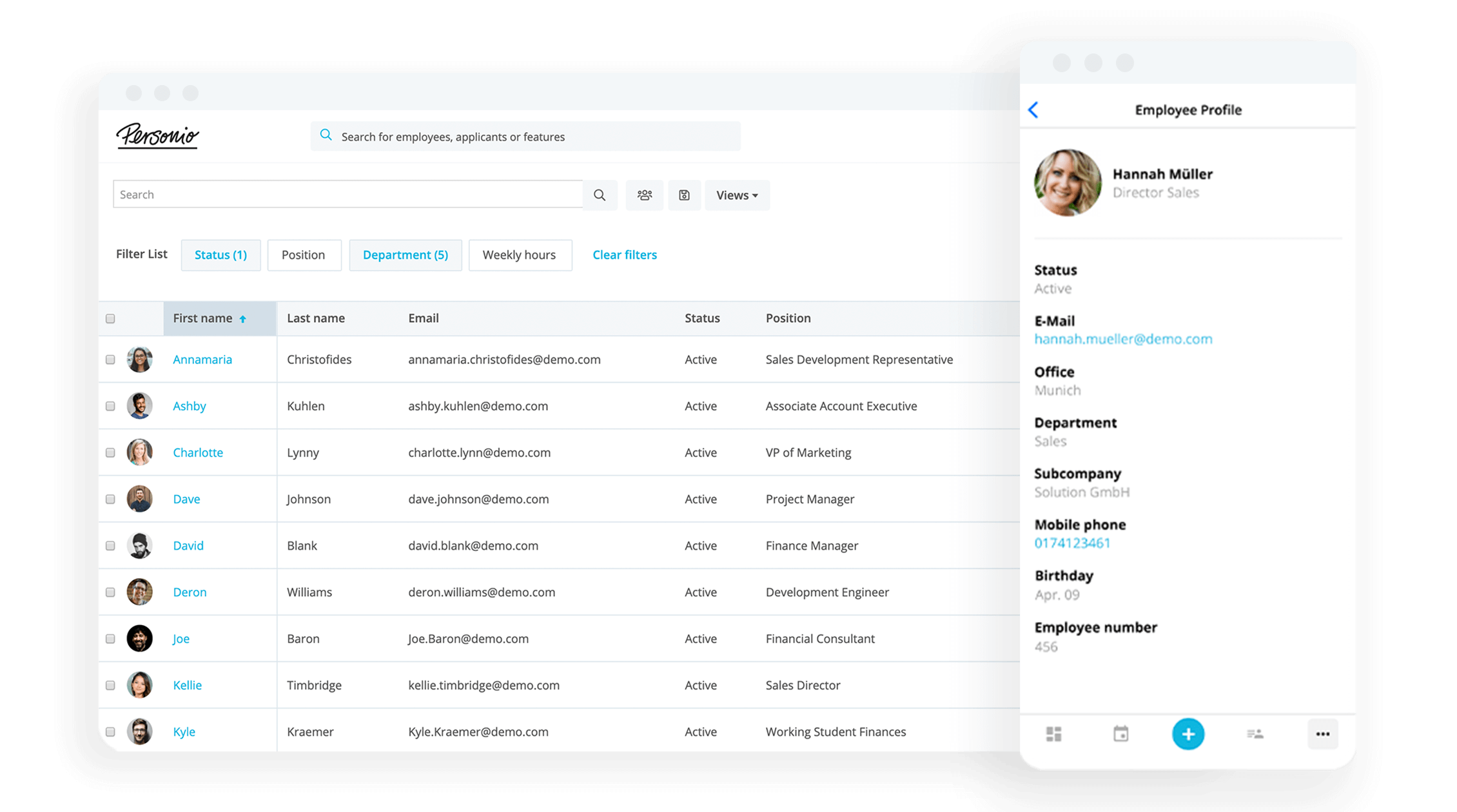
Digital transformation is when an organisation updates and optimises the technologies that its employees use. It usually means introducing new tools and eliminating those that are outdated or redundant. Companies undergoing digital transformation projects also deliver training and support on how to use any new technologies that they have introduced.
5. Process transformation
Process transformation is about optimising the many processes that make up your business operations. And it can have a major impact on a company’s productivity and efficiency.
While cultural transformation is best led from the top down, the people who best understand the processes that make your business work are your employees. That means you should collaborate closely with them to spot any problem areas and work to resolve them.
Data-Led Decisions for Company Success

Stay ahead of workforce trends with detailed HR reports. Find out more today.
See Personio Analytics In ActionWhat is the workforce transformation process?
Here are the steps to follow to give your workforce transformation project the best chance of success...
1. Conduct a skills audit
Before you get started on your workforce transformation project, you need to understand your current workforce. Assessing the skills you already have in-house can help you to establish a baseline that you can use to measure future success.
It’s best to take a multi-pronged approach here to make sure you’re getting the full picture. For example, you might start by looking at your current job descriptions and data from your most recent performance reviews. You could also send out surveys to managers to get more information about employees’ skill sets.
2. Identify your goals (and how you’ll achieve them)
The next step is to look at the skills or knowledge gaps you’ve identified, alongside your company’s major objectives. This helps you to determine how you can achieve your goals through workforce transformation.
For example, if you need to add skills in a certain area, you might need to recruit new employees or upskill existing ones with targeted training. If you want to increase operational efficiency, your focus might be on organisational or digital transformation.
Either way, it’s important to establish the metrics you’ll use to measure the success of your project. This will make it easier to track progress and adapt your strategy as needed.
3. Communicate with your workforce and provide the right training
At every stage of the workforce transformation journey, you need to clearly communicate with your workforce about the changes you’re trying to make. This will help get your employees engaged with the project and invested in seeing it succeed.
You should also ensure that you’re providing training and support to go alongside any structural or technical changes you’re making. For example, if you’re implementing a new software platform, you’ll need to deliver organisation-wide training on how to use it.
Equally, restructuring teams inevitably means that some employees’ jobs will change. By providing the right training at the right time, you can ensure this change is as smooth as possible for everyone involved.
4. Continually measure and adapt
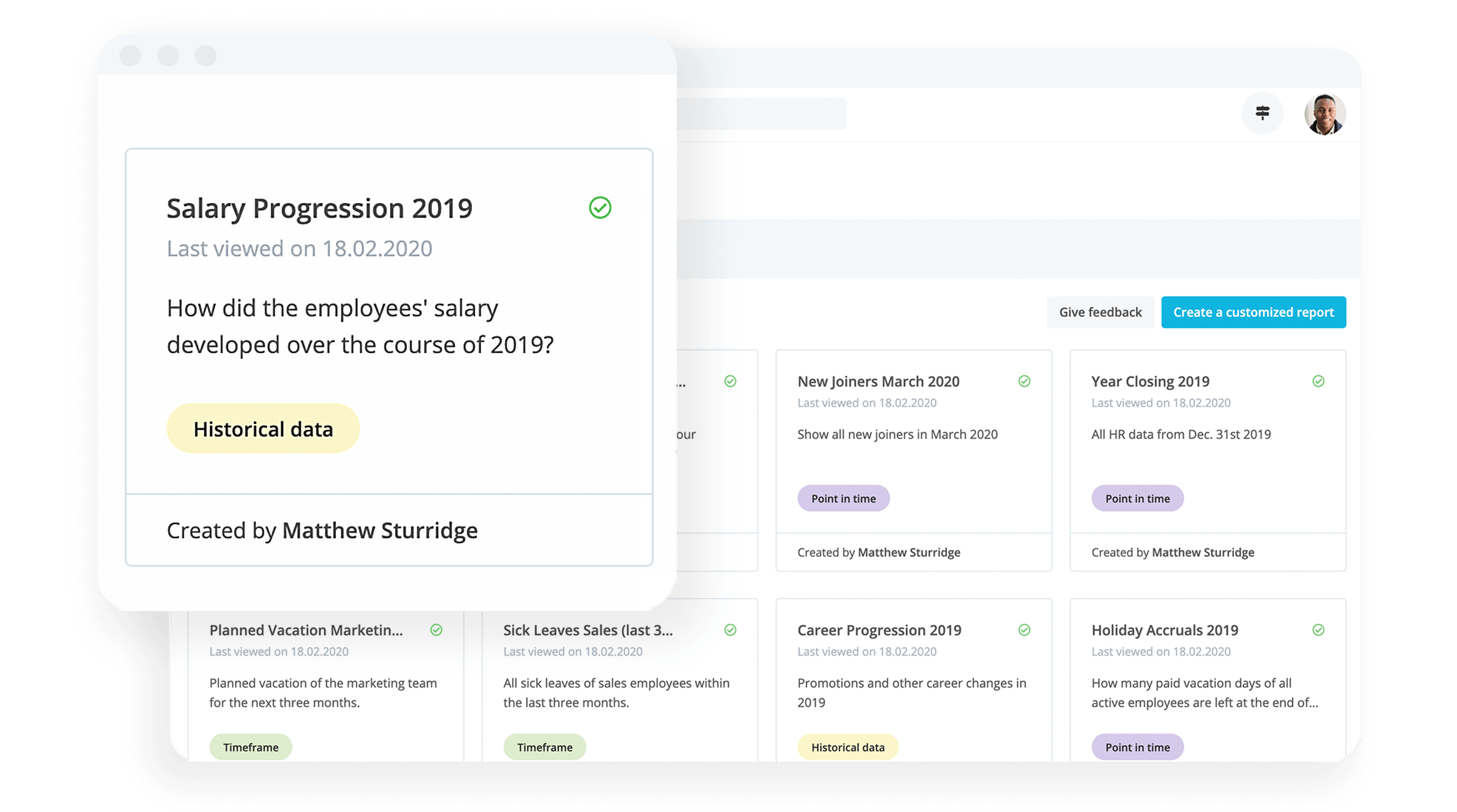
Of course, there’s no guarantee that your workforce transformation project will go according to plan. That’s why it’s vital that you set concrete, measurable success criteria in the early stages of the project.
As you move through the transformation, you should revisit these metrics and assess whether your project is having the impact you expected. For example, let’s say one of your goals in designing the project was to have all customer complaints resolved within 24 hours. If you find after six months that the average time is still over 48 hours, you might need to adjust your plan.
Obstacles to workforce transformation
Workplace transformation is by definition a huge change to your company’s operations. And, like with any major change project, you may run into certain obstacles along the way.
Here are some of the challenges that you might need to overcome:
Getting buy-in from leadership: Any large-scale transformation project is doomed to failure if you don’t have support from leadership. To get leaders on board, focus on the benefits that are most likely to resonate with them, like increased efficiency and productivity.
Resistance to change: Workforce transformation can cause anxiety for some employees. It’s important to communicate clearly about the changes you’re implementing and work with them to resolve any issues that are causing them stress.
Lack of workforce data: Many organisations don’t have access to accurate data about their workforce — which can make workforce transformation difficult. Investing in people analytics software could help you to better understand your current situation.
Understanding your workforce with Personio
Before you can even think about workforce transformation, you need to know what your workforce currently looks like. And Personio’s HR analytics software gives you access to all the data you need, in one place.
You can also use Personio to set up performance cycles for the whole company, so you’ll always have a clear picture of your employees’ combined skills.
Access to training and development is also easy: you can track attendance, progress and compliance from one central location. And your employees can browse self-service courses and take ownership of their own development.
Want to find out more? Book your free demo today.
Frequently asked questions
Here are the answers to some FAQs about workforce transformation.
Why is workforce transformation important?
Workforce transformation has many benefits for businesses and employees. It increases efficiency, which allows businesses to remain competitive. Because it helps to streamline operations and make processes easier, it can also result in a better employee experience.
What are the main drivers of workforce transformation?
One of the main drivers of workforce transformation is changing technology, which effectively forces companies to change the way they operate to keep up with their competitors. But workforce transformation can also be driven by other factors, like shifting attitudes towards work or changes to market conditions.
